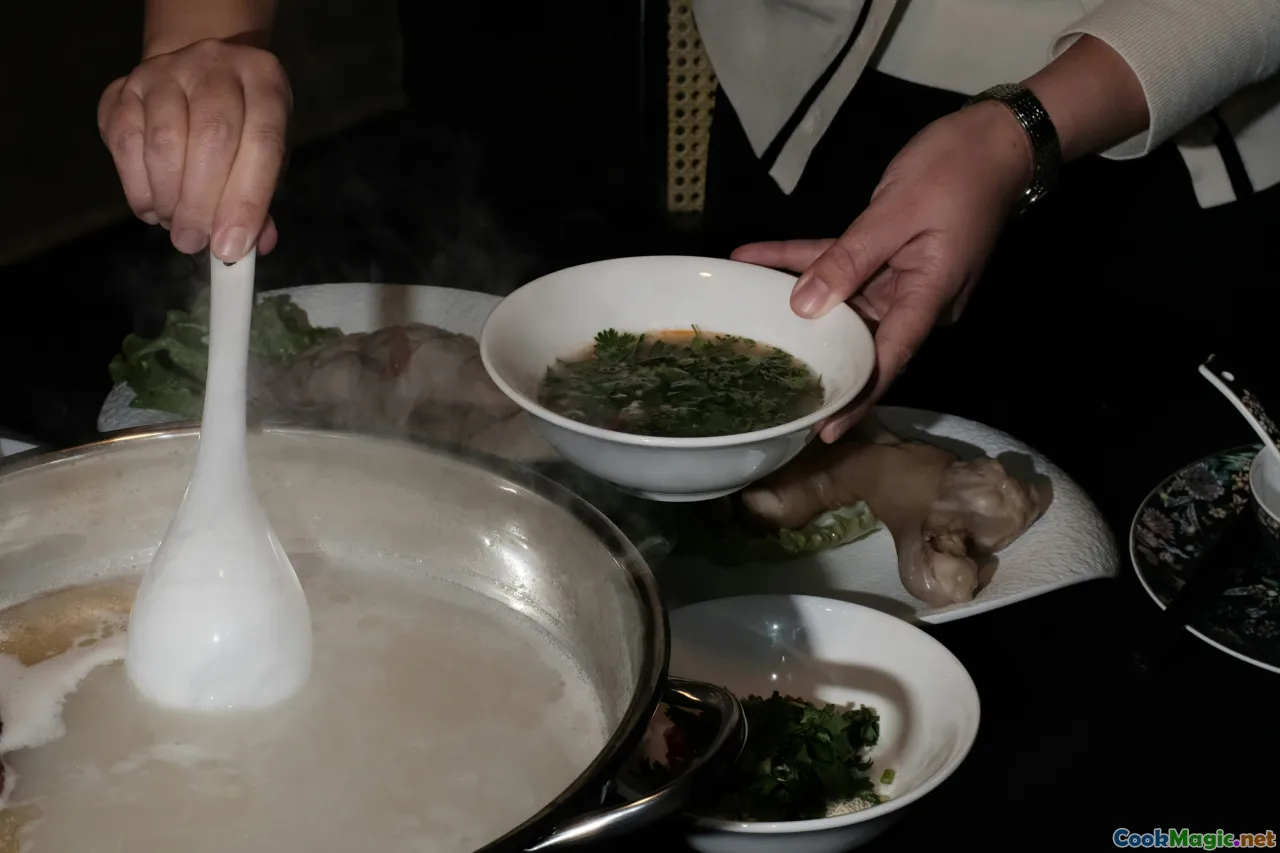The Art of Making Perfect Tajik Plov Every Time
8 min read Discover the secrets to mastering Tajik plov, a soulful centerpiece of Tajik culture, through authentic techniques, rich history, and sensory mastery for perfect results every time. June 18, 2025 06:05
The Art of Making Perfect Tajik Plov Every Time
Introduction: A Culinary Journey into Tajik Plov
Imagine walking through the bustling bazaars of Dushanbe, the aroma of sizzling meat, fragrant spices, and caramelized onions filling the air. At the heart of Tajik hospitality and tradition lies plov — a dish as much a symbol of community as it is a culinary masterpiece. But mastering the art of making perfect Tajik plov isn't just about following a recipe; it’s about understanding the cultural heartbeat, the precise techniques, and the sensory magic that transform simple ingredients into an unforgettable experience.
For many Tajiks, plov isn’t just a meal — it’s a ritual, an expression of hospitality, and a reflection of history that spans centuries. Today, I invite you to explore the depths of this beloved dish, uncover its secrets, and learn how to craft authentic Tajik plov that captures its essence every single time.
The Cultural and Historical Significance of Tajik Plov
A Dish Rooted in Tradition
Tajik plov, also known as osh, is more than a recipe; it’s a cultural institution. Its origins trace back to ancient Central Asia, where nomadic tribes relied on hearty, efficient dishes that could sustain them through long journeys. Over centuries, this humble rice dish evolved into a ceremonial centerpiece, often served during weddings, national celebrations, and communal gatherings.
Rituals and Symbolism
In Tajik society, preparing plov is an art passed down through generations. The process is often a communal affair, where families and neighbors gather, sharing stories and traditions as they cook. The act of layering ingredients, the timing of adding spices, and the precise cooking method all carry symbolic meanings — representing hospitality, prosperity, and unity.
Regional Variations
While the core elements of Tajik plov remain consistent — rice, meat, onions, and carrots — regional nuances add unique flavors. For example, in the Rasht Valley, the use of lamb and fresh herbs is prominent, whereas in the Pamirs, dried fruits and aromatic spices like cumin and coriander are emphasized.
The Essential Ingredients and Their Roles
The Choice of Rice
The foundation of perfect Tajik plov is the rice. Traditionally, long-grain, aromatic varieties like Basmati or locally cultivated Tajik rice are preferred. The rice should be aged, dry, and fluffy, absorbing flavors without becoming mushy. Rinsing the rice thoroughly until the water runs clear removes excess starch, ensuring each grain remains separate and tender.
Meat Selection
Lamb is the classic choice, offering rich, tender fat that infuses the dish with depth. Some regions favor beef or even chicken, but lamb remains the gold standard for authenticity. The meat is typically cut into sizable chunks, allowing it to render its juices slowly during cooking.
Vegetables and Aromatics
Onions are the aromatic backbone, caramelized to bring sweetness and depth. Carrots, often sliced into matchsticks, add sweetness and color, balancing the savory elements. Additional ingredients like garlic, dried apricots, or raisins can introduce subtle layers of flavor.
Spices and Seasonings
Cumin, coriander, and black pepper are fundamental. These spices are often toasted lightly before adding to release their essential oils. Salt and sometimes a splash of vinegar or lemon juice help elevate the flavors.
Step-by-Step Guide to Making Authentic Tajik Plov
1. Preparing the Ingredients
Start with high-quality, fresh ingredients. Rinse the rice in cold water multiple times until clear, then soak for at least 30 minutes to ensure fluffiness. Prepare the meat by cutting it into large, manageable chunks.
2. Frying the Meat and Aromatics
In a heavy-bottomed kazan (a traditional cast-iron or copper pot), heat a generous amount of vegetable oil or animal fat. Once hot, add the meat, searing until browned on all sides. Remove and set aside.
In the remaining oil, add sliced onions, frying until golden and fragrant. This process develops the rich, sweet aroma characteristic of Tajik plov.
3. Caramelizing the Carrots
Add the sliced carrots to the onion mixture, cooking until they soften and develop a slight caramelization. This step imparts sweetness and vivid color.
4. Layering the Ingredients
Return the meat to the pot atop the carrot-onion mixture. Pour in enough boiling water or broth to cover the ingredients slightly. Add spices, salt, and optional dried fruits.
5. Cooking the Rice
Once the liquid boils, carefully drain the soaked rice and layer it evenly over the meat and vegetables without stirring. Create a small well in the center to add a little hot oil or a piece of butter.
Reduce heat to low, cover tightly with a clean towel or lid, and let it simmer gently for about 20-30 minutes. The steam cooks the rice evenly, absorbing flavors.
6. The Final 'Dzhizhik' and Serving
When the rice is tender and the liquid is absorbed, turn off the heat and let the plov rest for 10 minutes. Traditionally, the dish is served directly from the kazan, with the rice gently fluffed and the meat arranged on top.
Tips for Perfection
- Use a tight-fitting lid to trap steam.
- Do not stir after layering the rice.
- Let the dish rest before serving to allow flavors to meld.
- Garnish with fresh herbs or additional fried onions.
Personal Insights and Anecdotes
In my experience, making Tajik plov is an act of patience and respect for tradition. I recall visiting a remote village in the Gorno-Badakhshan region, where an elderly host patiently explained that the secret lies in the **









